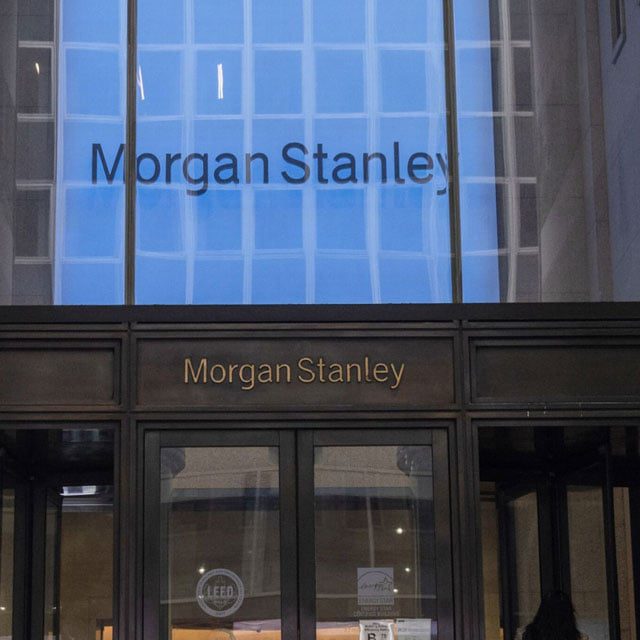Morgan Stanley Wealth Unit's Results Miss Estimates

What You Need to Know
The business fell short of expectations, with $6.79 billion in revenue and net new assets of $36.4 billion in the second quarter.
Pretax margin for the wealth unit came in at 26.8%, just behind estimates.
Overall, the wirehouse posted $3.08 billion in net income for the quarter on $15 billion in revenue.
Morgan Stanley’s traders joined the party across Wall Street in the second quarter even as the firm’s larger wealth business fell short of expectations.
The bank’s trading business posted the biggest increase among its peers in the second quarter.
Morgan Stanley, like its rivals Goldman Sachs Group Inc. and JPMorgan Chase & Co., beat expectations, solidifying the markets business as a hot spot across the industry. Investment-banking fees also increased, soaring 51% from a year earlier.
Still, Morgan Stanley’s wealth unit, the firm’s biggest growth driver in recent years, fell short of expectations, with $6.79 billion in revenue.
Net new assets in that business, a key metric for Morgan Stanley watchers, totaled $36.4 billion, short of the pace needed for the bank to reach its annual target, while net interest income slumped.
Morgan Stanley is trying to rev up enthusiasm for its stock, which has underperformed all its major competitors this year, by persuading investors it can meet ambitious goals for its wealth-management machine.
Meanwhile, the bank is fighting for its share of an investment-banking revival that has been a boon to Wall Street businesses.
Shares of Morgan Stanley declined 0.8% to $104.45 at 9:43 a.m. in New York, but improve 2.0% as of 12:00 p.m. They’ve climbed 14.4% this year, well behind the pace set by the biggest U.S. banks.
“The market’s not always right in the short term,” Chief Financial Officer Sharon Yeshaya said in an interview, echoing her longtime former boss James Gorman. “I don’t know how one can apologize for an ROTCE for 17.5%,” she said, referring to the firm’s return on tangible common equity.
Yeshaya touted returns that were stronger than those of most competitors, and said that over time the stock will catch up with the earnings growth.




